|
|
Enrique Granados (Composer, Arranger) |
|
Born: July 27, 1867 - Léeida (in Castillian Lérida), Catalonia, Spain
Died: March 24, 1916 |
|
Pantaléon Enrique Costanzo Granados y Campiña was a Spanish pianist and composer of classical music; he is commonly considered to be a representative of musical Nationalism, and as such his music is in a uniquely Spanish style. He was also a talented painter in the style of Goya. |
|
Life |
|
As a young man Enrique Granados studied piano in Barcelona, where his teachers included Francisco Jurnet and Joan Baptista Pujol. In 1887 he went to Paris to study with De Beriot and, most importantly, Felipe Pedrell. He returned to Barcelona in 1889. His first successes were at the end of the 1890's, with the zarzuela Maria del Carmen, which earned the attention of King Alfonso XIII.
In 1911 Enrique Granados premiered his suite for piano Goyescas, which became his most famous work. It is a set of six pieces based on paintings of Goya. Such was the success of this work that he was encouraged to expand it; he wrote an opera based on the subject in 1914, but unfortunately the outbreak of World War I forced the European premiere to be canceled. It was performed for the first time in New York City on January 28, 1916, and was very well received. Shortly afterward he was invited to perform a piano recital for President Woodrow Wilson.
Unfortunately the delay incurred by accepting the recital invitation caused him to miss his boat back to Spain. Instead, he took a ship to England, where he boarded the passenger ferry Sussex for Dieppe, France. On the way across the English Channel, the Sussex was torpedoed by a German U-boat, as part of the German unrestricted submarine warfare policy during World War I. In a failed attempt to save his wife Amparo, whom he saw flailing in the water some distance away, Granados jumped out of his lifeboat, and drowned. Ironically, he had a morbid fear of water for his entire life, and he was returning from his first-ever series of ocean voyages. |
|
Music and Influence |
|
Enrique Granados wrote piano music, chamber music (a piano quintet, music for violin and piano), songs, zarzuelas, and an orchestral tone poem based on Dante's Divine Comedy. Many of his piano compositions have been transcribed for the classical guitar and are generally considered as some of the most beautiful music in the guitar repertoire: examples include Dedicatoria, Danza No. 5, Goyescas.
Granados was an important influence on at least two other important Spanish composers and musicians, Manuel de Falla and Pablo Casals. |
|
Works |
|
12 Danzas españolas (1890) for piano. The contents of the four volumes are: Vol. 1: Galante (or Minueto), Orientale, Fandango (or Zarabanda); Vol. 2: Villanesca; Andaluza (or Playera); Rondalla aragonesa (or Jota); Vol. 3: Valenciana; Sardana (or Asturiana); Romántica (or Mazurca); Vol. 4: Melancólica (or Danza Triste); Arabesca; Bolero.
María del Carmen (1898), opera.
Allegro de concierto (1903)
Escenas románticas (1903) for piano. The individual "scenes" are: Mazurca; Berceuse; Allegretto; Mazurka; Allegro appassionato; Epílogo
Dante (1908), symphonic poem
Tonadillas (1910) for voice and piano. Titles of individual songs in the collection are: Amor y odio; Callejeo; El majo discreto; El majo tímido; El mirar de la maja; El tra-la-la y el punteado; La maja de Goya; La Maja Dolorosa I, II y III; Ay majo de mi vida!, Oh muerte cruel!, De aquel majo amante; La currutacas modestas; Sí al retiro me llevas; El majo olvidado
Goyescas (1911), suite for piano. Movements are: Los Requiebros; Coloquio en la Reja; El Fandango de Candil; Quejas ó la Maja y el Ruiseñor; El Amor y la Muerte; Epilogo (Serenata del Espectro)
Bocetos (1912) which contains: Despertar del cazador; El hada y el niño; Vals muy lento; La campana de la tarde
Colección de canciones amatorias (1915), for voice and piano. Individual songs are: Descúbrase el secreto; Mañanica era; Mira que soy niña; Gracia mía; Iban al Pinar; Lloraba la niña; No lloráis ojuelos
Goyescas, opera, 1916
6 Estudios expresivos
6 Piezas sobre cantos populares españoles, which include: Añoranza; Ecos de la parranda; Vascongada; Marcha oriental; Zambra; Zapateado
Madrigal, for cello and piano
7 Valses Poéticos, for Piano, including No 6 Vals Poético
Trio, for Piano, Violin, and Cello |
|
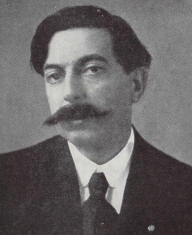
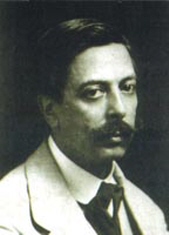
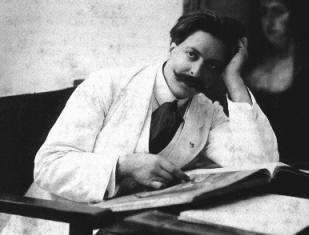
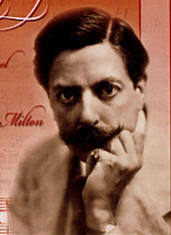
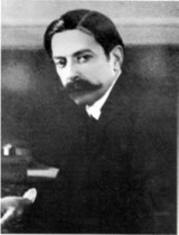
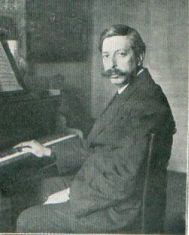
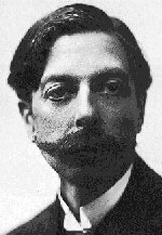
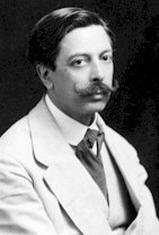
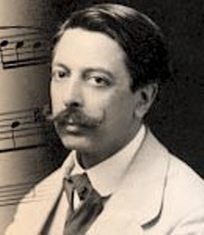
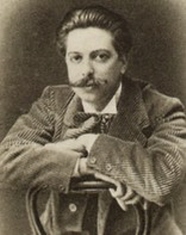
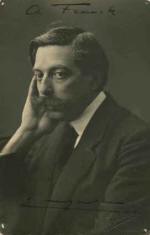
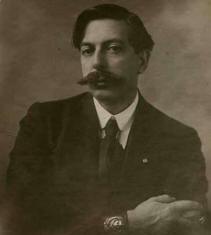
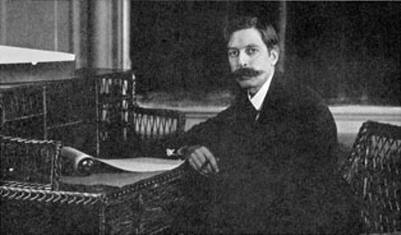
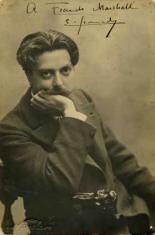
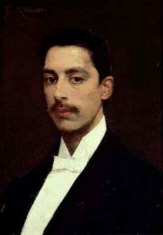

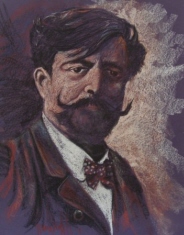
|
|
Source: Wikipedia Website
Contributed by Teddy Kaufman (April-May 2007) |
|
Enrique Granados : Short Biography | Piano Transcriptions: Works | Recordings |
|
Links to other Sites |
|
Enrique Granados (Naxos)
Enrique Granados (Jewels of Spain)
Enrique Granados (Mac McClure) |
Enrique Granados (Wikipedia)
Enrique Granados (8 Notes) |
|
Bibliography |
|
Enrique Granados, in The New Grove Dictionary of Music and Musicians, ed. Stanley Sadie. 20 vol. London, Macmillan Publishers Ltd (1980) |
|
|